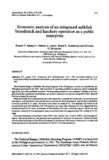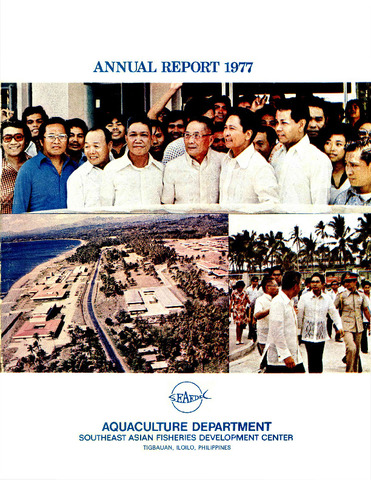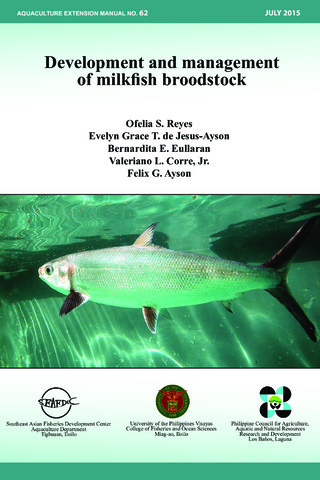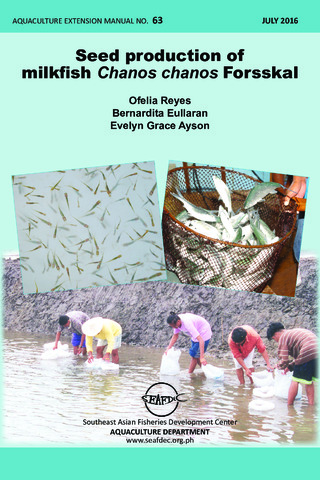Economic analysis of an integrated milkfish broodstock and hatchery operation as a public enterprise

View/
Request this document
Date
1991Page views
181Metadata
Show full item recordCited times in Scopus
Share
Abstract
The National Bangus (Milkfish) Breeding Program of the Philippines, which was launched by the Philippine government in 1981, had succeeded in spawning milkfish in captivity and in rearing the eggs to fry that were stockable in ponds. The physical productivity and economic viability of an integrated milkfish broodstock and hatchery as a public enterprise is analyzed, using SEAFDEC research findings as bases for analysis.
Discounted cash flow computations show the repayment schedule for investments in structures and equipment, and operations and maintenance expenses for both broodstock and hatchery operations covering a period of 15 years. Revenues came from the sales of fry. The analysis was based on an annual stocking of 100 milkfish (200–250 g/piece) per cage with a diameter of 10 m. Egg production started during the fifth year. Investment in the hatchery facilities started during the fourth year and expansion occurred in the subsequent years to accommodate the eggs produced for rearing to the fry stage.
Economic indicators, net present value (NPV) and internal rate of return (IRR), showed negative figures. The trend, however, was upward, starting during the sixth year of operation. Sensitivity analysis was done to determine the effects of changes in operational efficiencies, such as survival rates and stocking densities to the return on investment (ROI) in private hatcheries.
Suggested Citation
Agbayani, R. F., Lopez, N. A., Tumaliuan, R. E., & Berjamin, G. D. (1991). Economic analysis of an integrated milkfish broodstock and hatchery operation as a public enterprise. Aquaculture , 99(3-4), 235-248. https://doi.org/10.1016/0044-8486(91)90244-2
Subject
Taxonomic term
Collections
- AQD Journal Articles [1221]
Related items
Showing items related by title, author, creator and subject.
-
Annual report 1977
Southeast Asian Fisheries Development Center, Aquaculture Department (Aquaculture Department, Southeast Asian Fisheries Development Center, 1978) -
Development and management of milkfish broodstock
Reyes, Ofelia S.; de Jesus-Ayson, Evelyn Grace T.; Eullaran, Bernadita E.; Corre Jr., Valeriano L.; Ayson, Felix G. (Aquaculture Department, Southeast Asian Fisheries Development Center, 2015)The manual provides developed and refined techniques for collection and transport of spawned eggs and larvae, as well as larval rearing. It also describes the necessary facilities for maintaining milkfish broodstock. Guidelines ... -
Seed production of milkfish Chanos chanos Forsskal
Reyes, Ofelia; Eullaran, Bernadita; Ayson, Evelyn Grace (Aquaculture Department, Southeast Asian Fisheries Development Center, 2016)A 26-page manual describing the site selection, hatchery design, spawning, larval rearing, natural food production, and economic analysis for milkfish.





